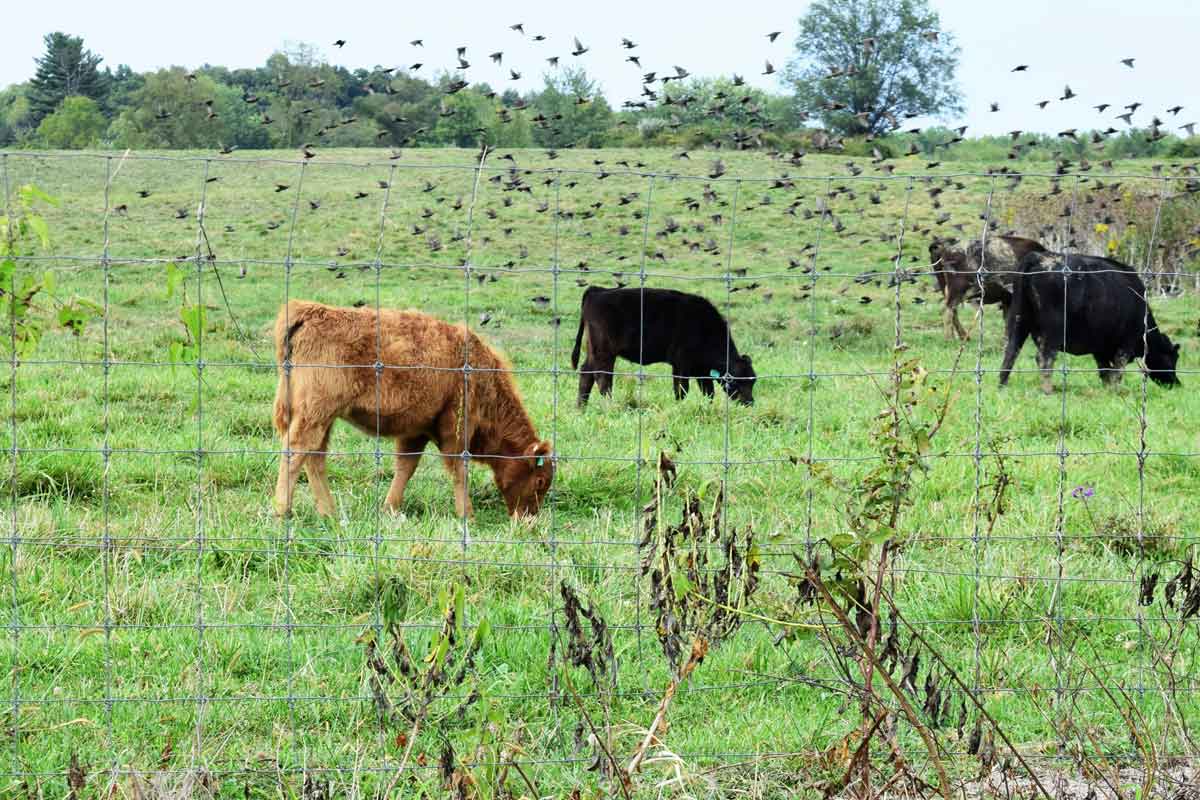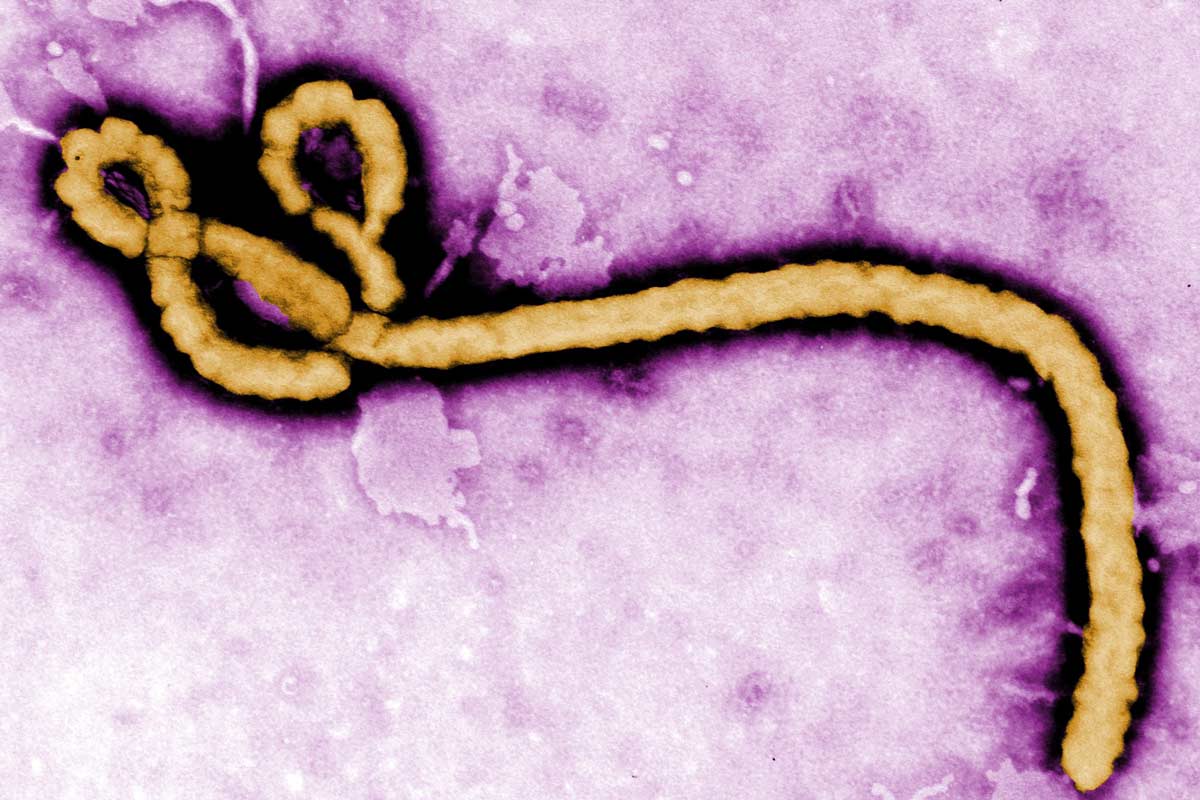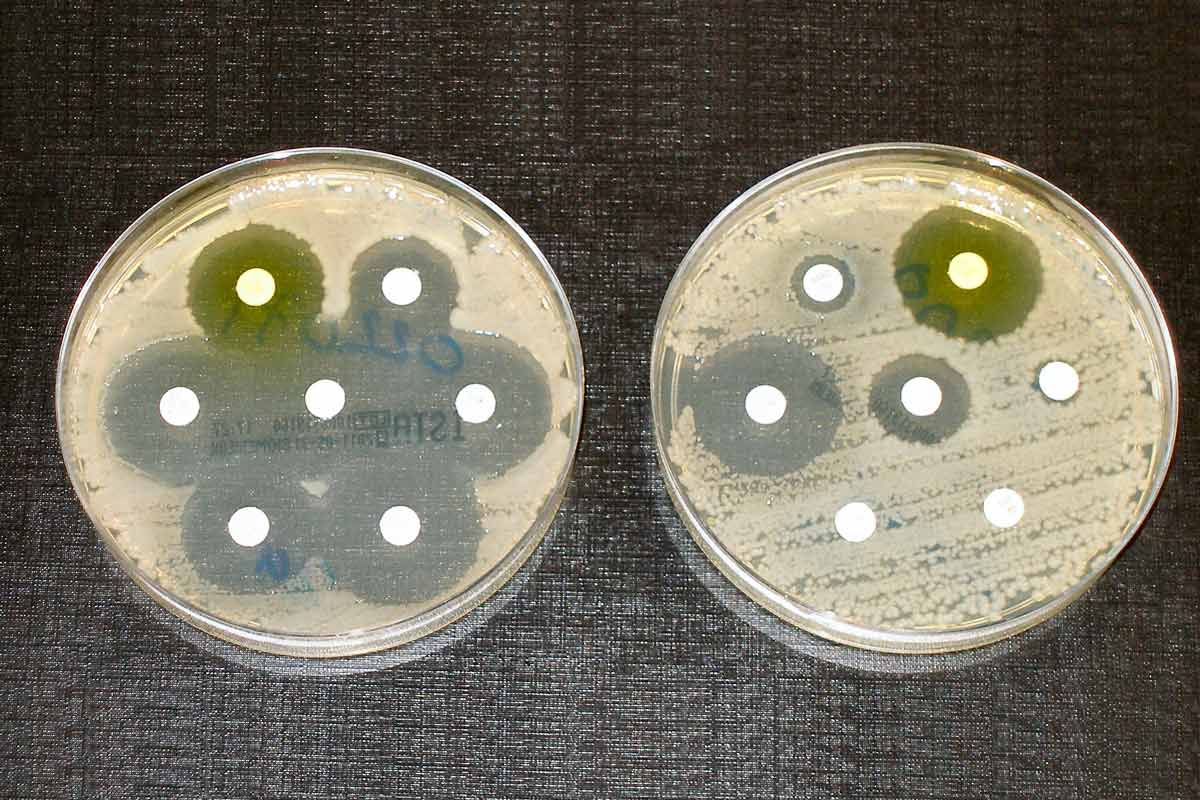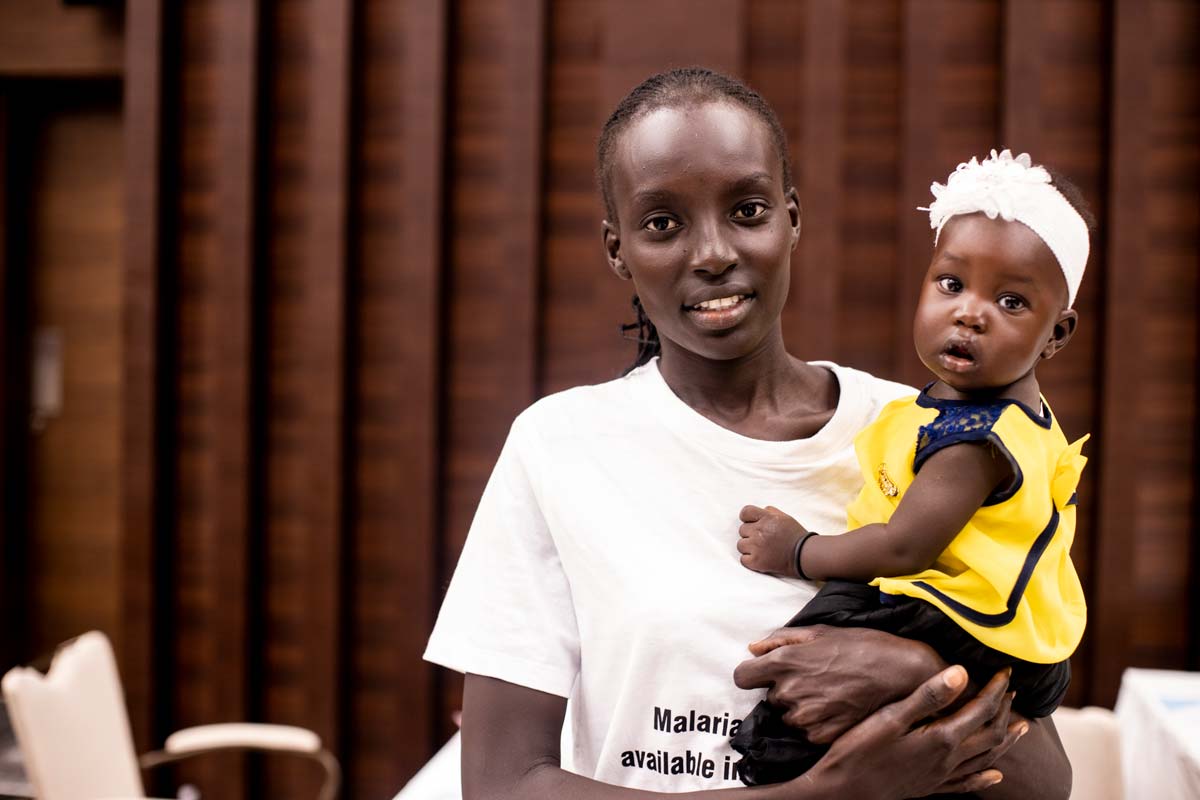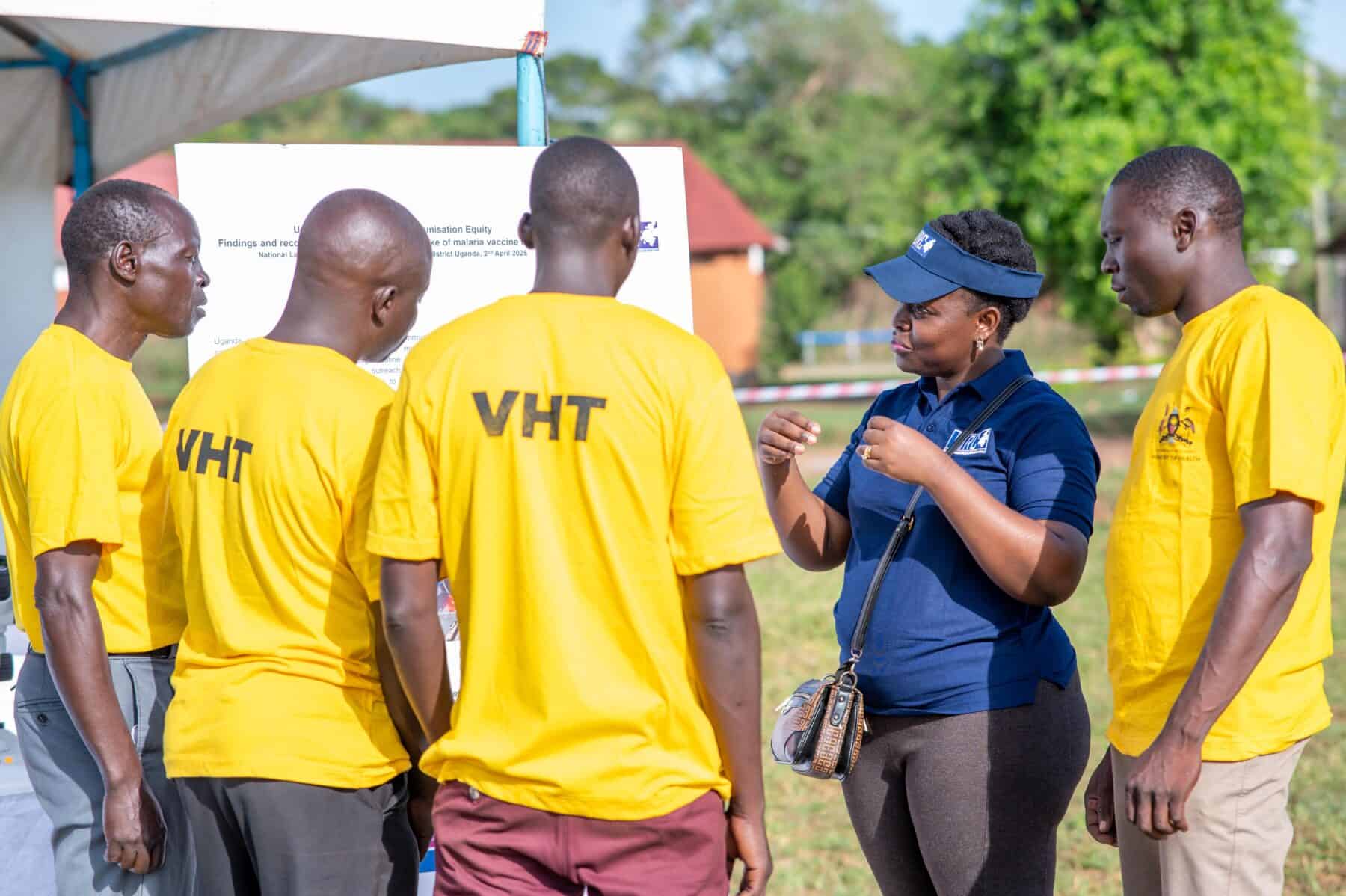What will this winter’s flu season look like?
Influenza is about to hit the northern hemisphere, but will this year’s season be as bad as the “tripledemic” of influenza, COVID-19 and RSV that we experienced last winter?
- 25 October 2023
- 5 min read
- by Linda Geddes

Flu season is about to hit the northern hemisphere. Last year's was particularly severe, as reduced exposure to influenza viruses during the COVID-19 pandemic combined with the resurgence of other respiratory infections such as respiratory syncytial virus (RSV) place dhuge pressure on hospital beds in many countries.
“The season looks [to be] the most typical one since pre-pandemic,”
– Dr Tom Peacock, influenza researcher at Imperial College London, UK
The northern hemisphere's flu season typically begins in October and can run until the end of May. While it is impossible to be certain of how the coming months will pan out, there are reasons to be optimistic that this year's flu season will not be quite as bad – particularly if people take up the offer of seasonal flu vaccines.
What has been happening in the southern hemisphere?
The northern hemisphere's flu season follows the southern hemisphere's season.
While influenza viruses change and impact populations differently, the southern hemisphere's recent experiences can provide some indication of which influenza strains are likely to be circulating, how well vaccines might perform and the intensity of the upcoming northern flu season.
During 2023, the number of flu cases reported across all southern hemisphere zones has been comparable to the same reporting period in 2022. In fact, based on data from South Africa and Australia, "the season looks [to be] the most typical one since pre-pandemic," said Dr Tom Peacock, an influenza researcher at Imperial College London, UK.
"Health authorities worldwide should encourage influenza vaccination for persons at increased risk for severe disease, including young children, persons with preexisting health conditions, and older adults, as well as those at increased risk for exposure to or transmission of influenza virus, such as health care personnel."
US Centers for Disease Control and Prevention (CDC)
In Australia, the total number of cases has also been broadly comparable to 2022 – although influenza deaths and admissions to intensive care have been relatively low.
Interestingly, only 11% of those admitted to hospital with confirmed influenza were adults aged 65 or older, whereas children aged under 16 years accounted for 73% of admissions. One possible explanation might be relatively low uptake of influenza vaccine among children compared to previous years.
Another could be the relatively higher circulation of influenza B – one of three types of influenza virus that can cause disease in humans (the others being influenza A and C).
Have you read?
"As flu B comes round less often, children, who are newer to the yearly flu epidemics than adults, are more likely to be susceptible," said Punam Mangtani, Professor of Epidemiology at the London School of Hygiene & Tropical Medicine (LSHTM), UK. "This may be a reason for the greater proportion of children among those hospitalised."
How well do this year's influenza vaccines match circulating strains?
The best way to prevent severe flu infections is vaccination, but the influenza vaccine works better in some years than in others. For instance, the 2010-11 vaccine was 60% effective at preventing flu hospitalisations, while the 2014-15 vaccine was only 19% effective. This is because the flu virus keeps changing, and while the flu vaccine is modified each year, the decision about which viruses to target is made months in advance (in February for this year's northern hemisphere vaccine).
Across the southern hemisphere, the main circulating viruses this season have been the influenza A/(H1N1)pdm09 and H3N2 viruses, and the Victoria lineage influenza B virus. The good news is that these are genetically similar to those targeted by the 2023-24 northern hemisphere influenza vaccine formulation, a recent analysis by the US Centers for Disease Control and Prevention (CDC) analysis suggests. They were also well-matched to those targeted by the 2023 southern hemisphere vaccine.
Based on flu hospitalisations in Latin America and the Caribbean recorded between March and July, the CDC estimates that the southern hemisphere's vaccine reduced the risk of hospitalisation by 52%. "This vaccine might offer similar protection if these viruses predominate during the coming Northern Hemisphere influenza season," the report said.
"In particular, [these interim] estimates indicate a significant reduction in hospitalization associated with the predominant influenza A/(H1N1)pdm09 virus among young children and older adults.
"Vaccination is one of the most effective ways to prevent influenza and severe associated outcomes. Health authorities worldwide should encourage influenza vaccination for persons at increased risk for severe disease, including young children, persons with preexisting health conditions, and older adults, as well as those at increased risk for exposure to or transmission of influenza virus, such as health care personnel."
What about RSV and COVID-19?
During the Autumn and Winter of 2022-23, many countries in the Northern Hemisphere were hit by a "tripledemic" of influenza, RSV and COVID-19, placing severe strain on public health systems. Reported rates of RSV in many southern hemisphere countries have been low in recent months. In Australia, they have been relatively high, although some of this could be due to increased surveillance for the disease.
Reported rates of RSV in many southern hemisphere countries have been low in recent months.
WHO has warned that COVID-19 remains an uncertain threat, as new variants keep emerging. "It is also likely that COVID-19, influenza and RSV will be co-circulating this autumn and winter," said Dr Marc-Alain Widdowson, who leads WHO's High-threat Pathogen team. "This scenario is of concern as it would increase the risk to vulnerable populations and put further pressure on health services."
Besides getting vaccinated, he stressed that simple precautions such as wearing a mask in crowded, enclosed or poorly ventilated spaces, hand washing, improved ventilation indoors, covering coughs and sneezes with a tissue or bent elbow, and staying home if you are unwell, could all help to reduce transmission of these viruses.
